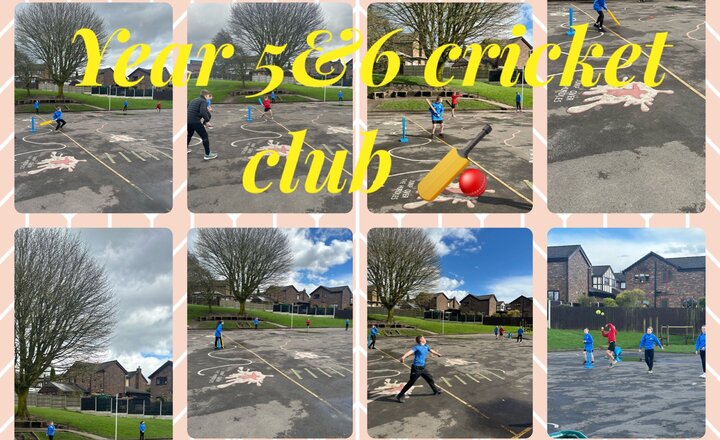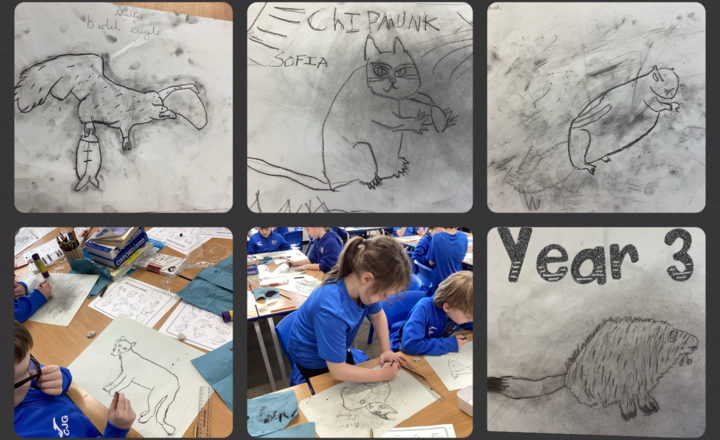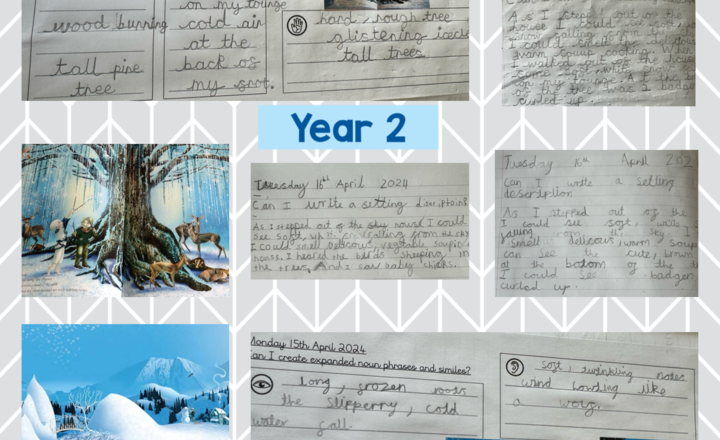Year 1 Maths- Measuring with a Ruler
Today in Year 1, the children have been learning to measure objects accurately using a ruler. They learnt that in order to measure accurately, they needed to make sure that the start of the object that they were measuring with was lined up with 0 and that they counted along until the number that their object ended at. They also learnt that they were measuring in centimetres.
Year 6 P.E. - Athletics
In P.E. Year 6 have started their athletics unit. This week we looked at developing our running and jumping skills. Character development was massively important in this session as the children needed to be aware that they weren’t in competition with others, but themselves. Over the coming weeks, the children will look to better their results by focusing on their technique.
Little Voices After School Club
What a super first session with Little Voices! Our little superstars played several games that helped to develop their confidence and they learnt and performed an amazing song! Well done everyone! There are still places available if you would like your child to take part for the next five weeks on Tuesday evenings. CONTACT HAYLIE: Email: [email protected] Mobile: 07717 711715
Online Safety: Energy Drinks
A hefty boost of energy during a slump can be a massive help but drinks loaded with caffeine are far from the best option. This #WakeUpWednesday, we're addressing the risks of consuming energy drinks and showcasing healthier alternatives. Download here >> https://bit.ly/3W0dDCU
Year 1 English- The prefix ‘un’
In English, Year 1 explored the meaning of the prefix ‘un.’ They learnt that when ‘un’ is added to the front of a root word, it changes its meaning to mean the opposite (not). For example, unfair means not fair and unkind means not kind. The children got given either the root word or the root word with ‘un’ added to it and they had to find each other. Then they had to write some sentences using words with the prefix ‘un’ e.g. It is untrue that my name is Bobby. It is unfair to leave someone out of a game.
Year 2 - PE
This week in PE, we practised our catching skills. Sometimes when there are lots of distractions in games it can become difficult to focus on the catch. We practised catching with different partners and with different distractions. In our game, we remembered if the ball came our way to not panic, get ready and catch the ball.
Mad Science After School Club- Optical Illusion
The Science after-school club got off to an exciting start as the young scientists dove into optics, reflection, and sight! They had a blast learning about light and vision, even using mirrors to draw pictures and understand how things reflect.
Year 4 - Maths: Solving Addition Problems
Any lesson undertaken outside of the classroom creates an air of excitement, and in Year 4, the children particularly enjoyed their maths trail in the hall. In pairs, the children chose an addition problem from around the room. Their mission was to solve it on their own then compare answers with their partner, discussing how they reached their answers. Once they felt confident about the answer they had to show Mrs Araujo and then choose their next problem. If they made a mistake, Mrs Araujo sent them back to spot the error. The children worked well in pairs, coaching each other and demonstrating resilience in reaching the correct answer.
Welcome to our school family
We would like to say a huge welcome to the 30 families who found out this morning that their child has got a place in our Reception class in September. We can't wait for you to be part of our school family and to start a seven year journey with us at St Barnabas. We will be in touch shortly with transition information, once everyone has accepted their place.
Year 5&6 Cricket Club
Today, Year 5&6 started the new cricket after school club. The children worked hard on bowling and batting skills to ensure they have the appropriate technique. They then applied this into a game scenario working hard on the tactical elements of the game.
Year 3- Prehistoric Art- Fun with charcoal
This afternoon in Art, the Year 3 artists have scaled up drawings from lesson one in charcoal to create tones and textures. They have successfully applied and blended charcoal to create form, and shape.
Year 2 English
As we continue to explore our new book Winter’s Child, we gathered a range of vocabulary. We used vocabulary from the book and our own vocabulary to describe the different settings in the book. Once we had created our bank of vocabulary, we then put them into sentences. We tried very hard to make sure every sentence had capital letters and full stops. The setting descriptions that we wrote are amazing. They are full of expanded noun phrases and similes to really help the reader imagine the setting.
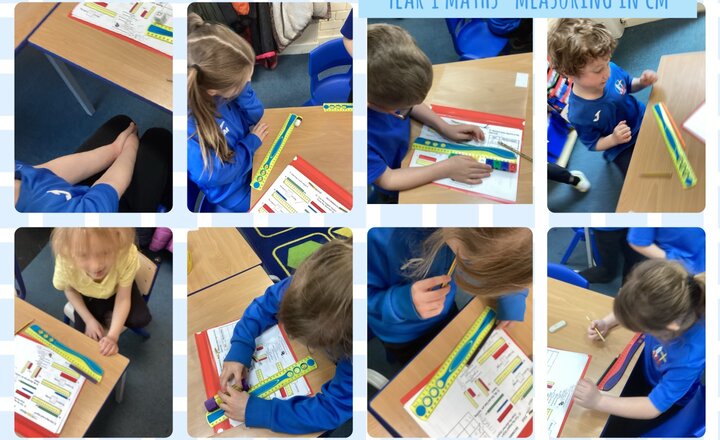
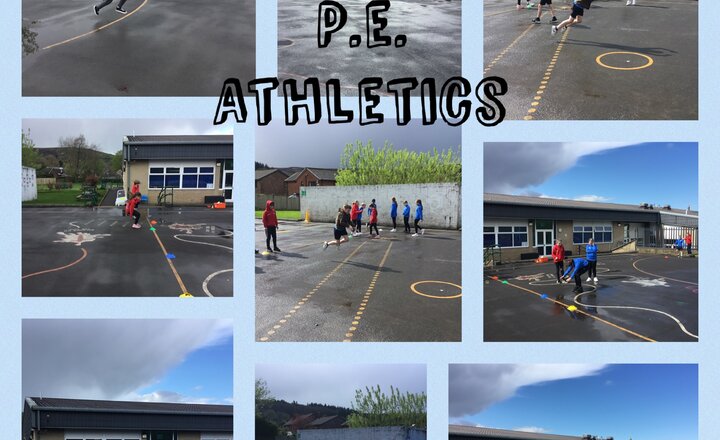
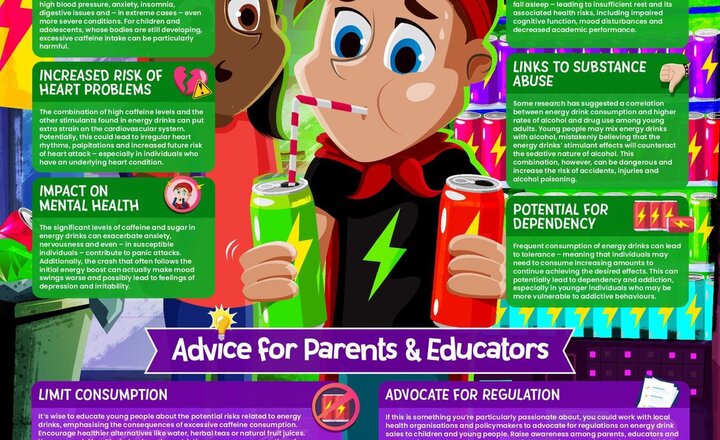
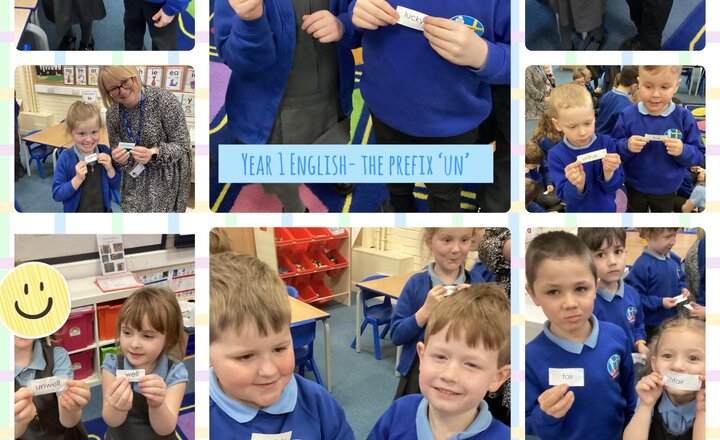
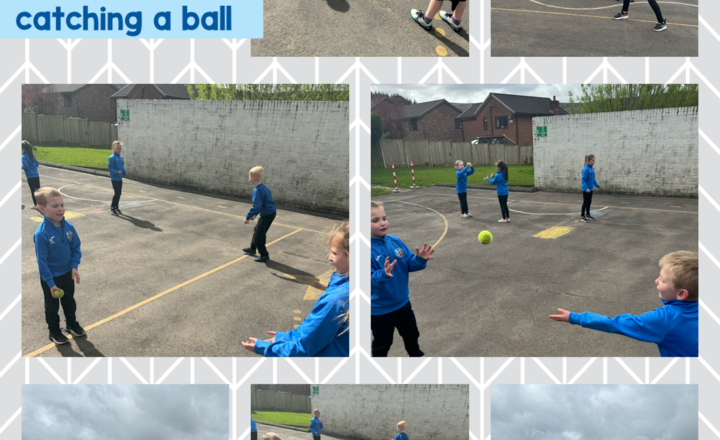
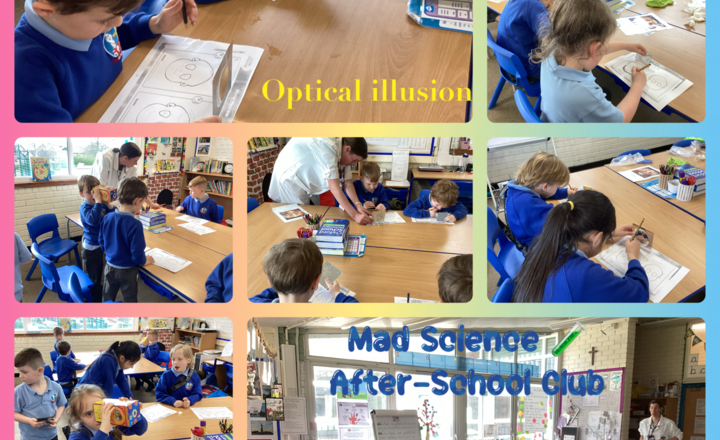
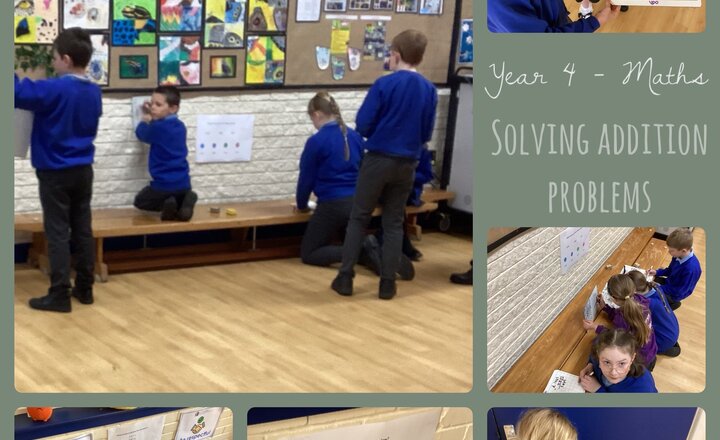
.jpg)
